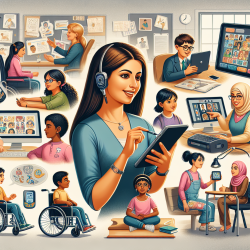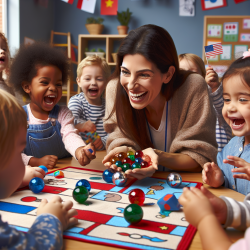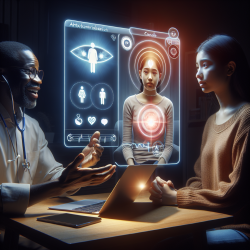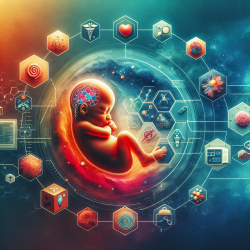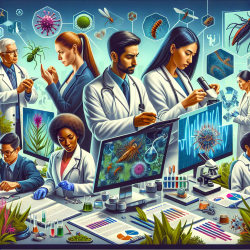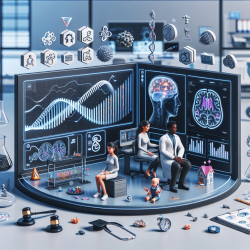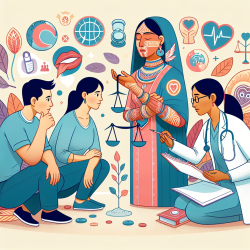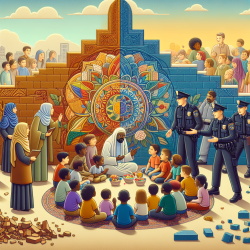Classrooms today are vibrant mosaics of diverse learners, each bringing unique strengths and needs. As educators and specialists strive to create inclusive environments, the question arises: “How can we ensure that all students have access to knowledge and learning?” One promising approach is through the implementation of Universal Design for Learning (UDL).
Understanding UDL
Universal Design for Learning is a framework developed to optimize teaching and learning for all individuals by drawing on scientific insights into how humans learn. UDL emphasizes providing multiple means of engagement, representation, and action & expression to cater to diverse learning styles.
The Need for Inclusive Classrooms
Recent research highlights a shift towards inclusive service delivery in schools, where speech-language pathologists (SLPs) and educators collaborate to provide interventions that benefit all students. However, barriers such as time constraints and the need for effective collaboration remain challenges in implementing UDL (Campbell et al., 2016).
A Case Scenario: Lou's Classroom
Consider Lou, a five-year-old with developmental language disorder receiving school-based SLP intervention. Her teacher seeks advice on supporting Lou in the classroom. The SLP suggests clear instructions and multimodal supports—strategies aligned with UDL principles that benefit all students, including those newly immigrated or facing temporary challenges like lack of sleep.
The Guidelines of UDL
- Multiple Means of Engagement: Encourage student autonomy by allowing choice in activities, optimizing relevance through culturally reflective stories, and minimizing distractions with visual schedules.
- Multiple Means of Representation: Customize information display with clear fonts and visuals, offer alternatives for auditory information with transcripts, and use multilingual supports.
- Multiple Means of Action & Expression: Provide varied response methods and assistive technologies access while encouraging communication through multiple media.
Overcoming Barriers with Collaboration
The successful implementation of UDL depends on overcoming barriers through collaboration between SLPs and educators. By sharing resources like those provided by the Centre for Applied Special Technology (CAST), schools can minimize these barriers and create a more inclusive environment.
Why UDL Works
- Engagement: It recruits interest by allowing personal goal setting and authentic learning experiences.
- Representation: It enhances comprehension by connecting new concepts with background knowledge.
- Action & Expression: It supports diverse learning styles through flexible methods of response and communication.
The journey towards truly inclusive classrooms is ongoing, but with frameworks like UDL, we are better equipped than ever to ensure every student thrives. For more information on creating inclusive classrooms through UDL, please follow this link.
